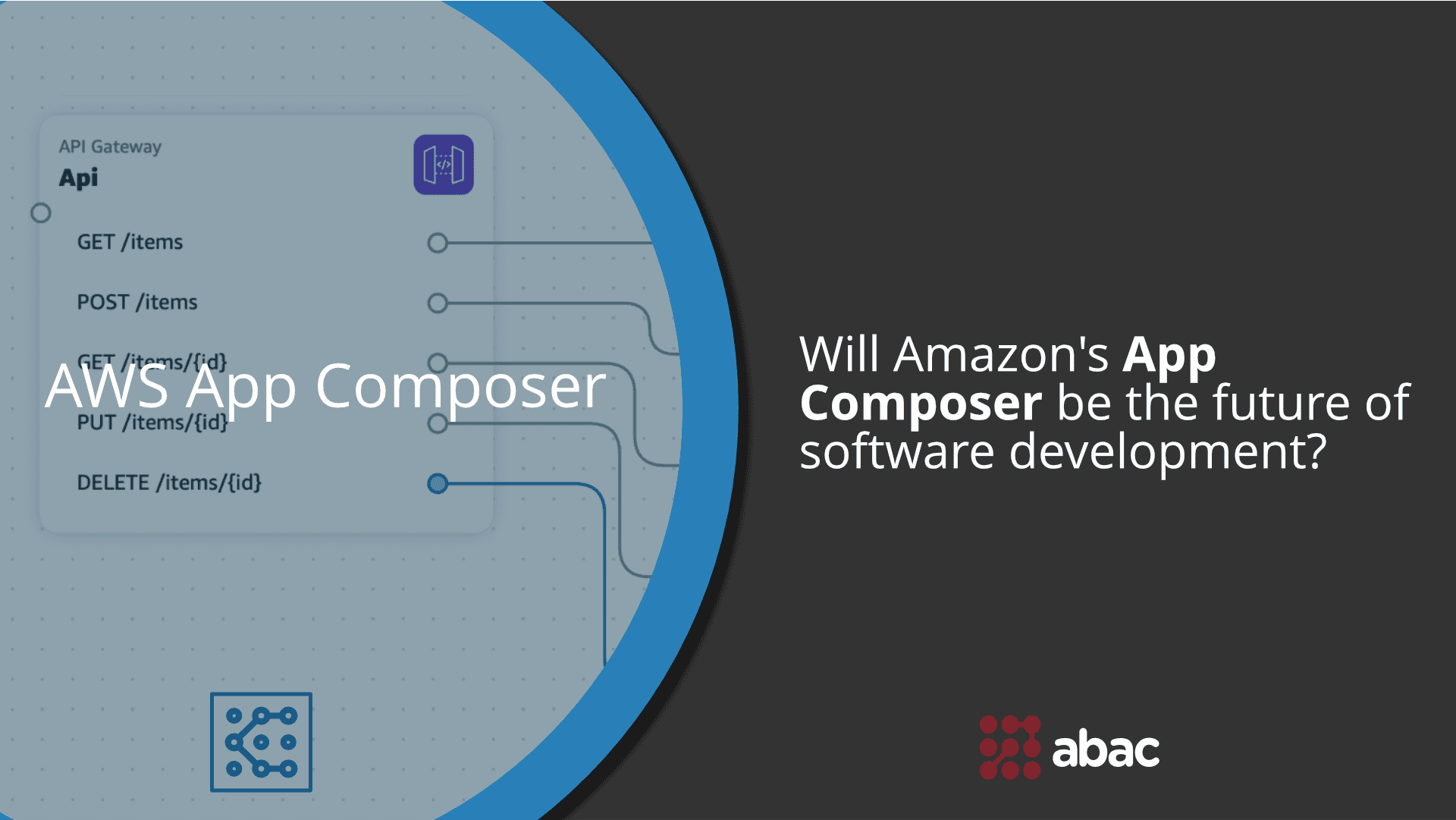TLDR. Are you tired of spending countless hours configuring and deploying your applications on traditional servers? Look no further than Amazon Web Services (AWS) Application Composer, the ultimate solution for creating serverless applications. With its simple drag-and-drop interface and powerful infrastructure, AWS Application Composer makes it easy to build, test, and deploy your applications without the hassle of managing servers. In this article, we’ll dive into what AWS Application Composer is, why it’s relevant in today’s digital landscape, and explore some of its pros and cons so you can make an informed decision about incorporating it into your workflow. Let’s get started!
What is it
AWS Application Composer, a visual builder that enables users to compose and configure serverless applications from AWS services backed by deployment-ready infrastructure as code (IaC), is now generally available (GA).
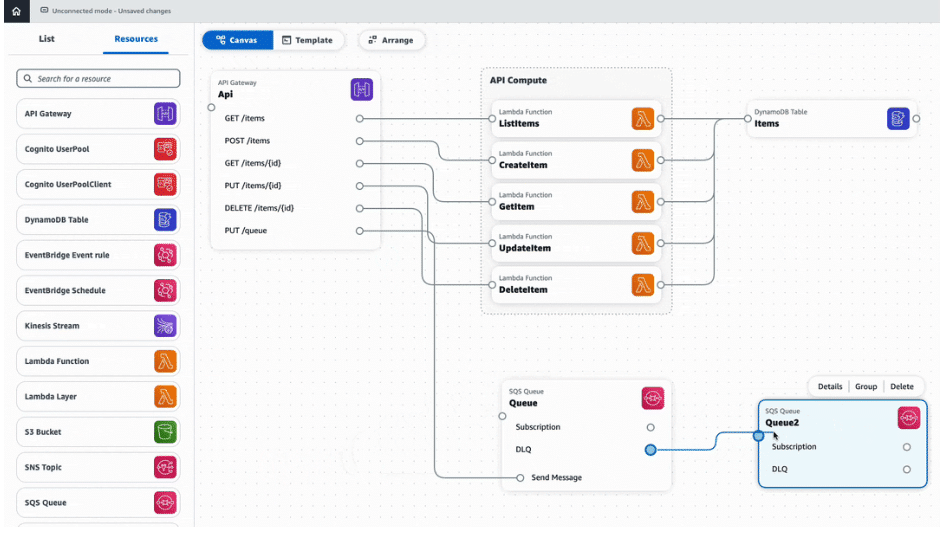
The main reasons for opting in for AppComposer are as follow:
- Building a prototype of serverless applications
- Reviewing and collaboratively evolving existing serverless projects
- Generating diagrams for documentation or Wikis
- Onboarding new team members to a project
- Reducing the first steps to deploy something in an AWS account
Why is it relevant
AWS Application Composer simplifies the process of building scalable serverless applications while providing excellent performance at low cost.
The composer enables developers to quickly create applications without worrying about underlying infrastructure, allowing them to focus on developing business logic. With AWS Application Composer, developers can build serverless applications using pre-built templates or customize their own from scratch.
The Amazon (AWS) Application Composer is thus a relevant tool for developers and businesses because it simplifies serverless application development by a landfill. It allows users to easily configure, deploy and manage serverless applications, all using a drag-and-drop, intuitive UI system.
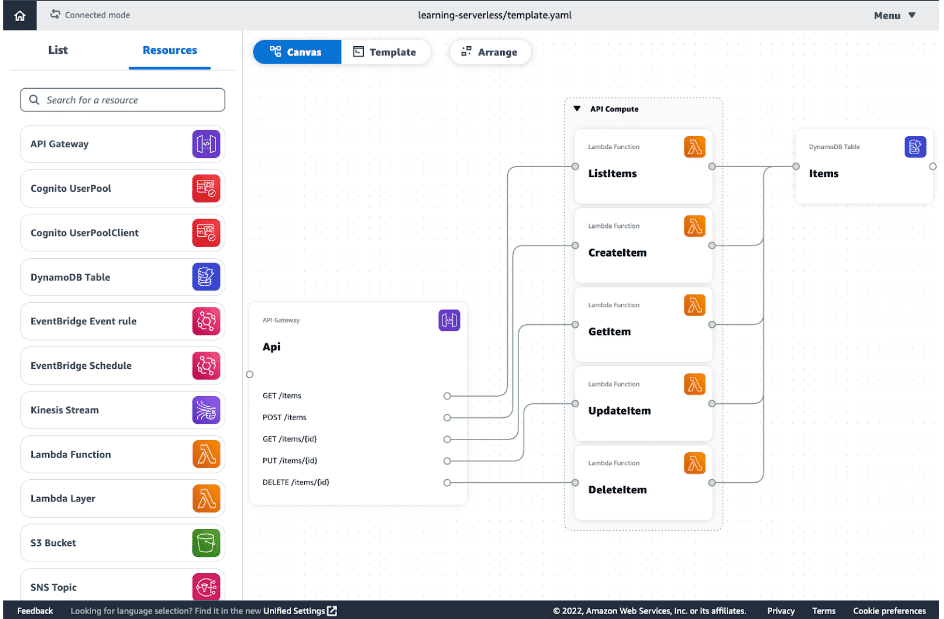
Furthermore, it simplifies the learning curve for developers that need to host their code on an infrastructure, as it abstracts the complexity of dealing with infrastructure configurations.
How to use it
Context is a crucial aspect of any technology or tool, and Amazon (AWS) Application Composer is no exception.
Users can start playing around with AWS Application Composer by choosing ‘Open a demo project’ in the AWS Management Console. This will give you access to a simple cart application with Amazon API Gateway, AWS Lambda and Amazon DynamoDB resources.
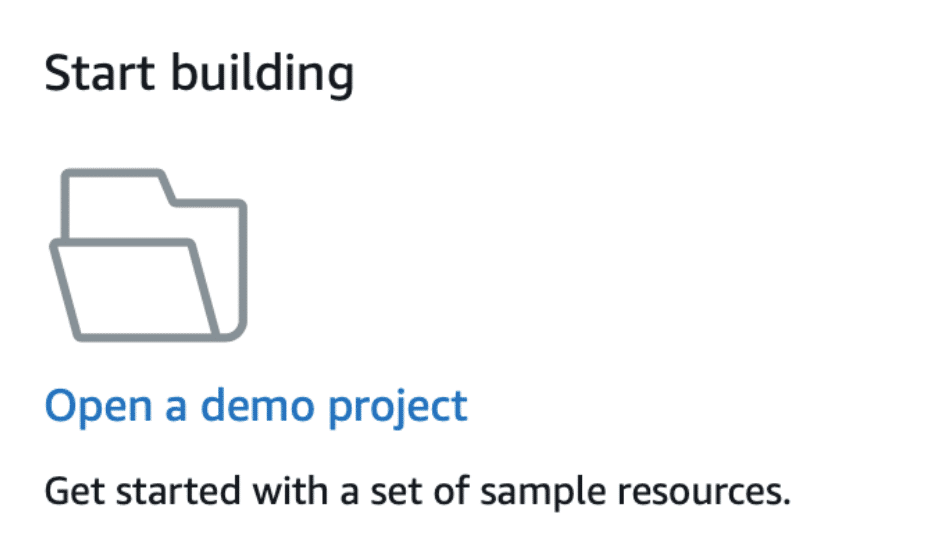
In addition, the AWS Application Composer works with the AWS Serverless Application Model (SAM) CLI for application deployment, which allows an application to be created through AWS Application Composer and then deployed using the SAM CLI.
The visual editor
As a first impression, Amazon App Composer feels like a design tool. You have your components on the right side, the canvas in the middle, and the component details on the right side. This place would feel right at home for a UX designer.

Right off the bat, App Composer seems rather intuitive and playful. This is not the choice of wording that you would generally use in order to describe an Infrastructure as a Service coupled with a Serverless Backend as a Service concept.
It feels so rewarding that technology has gotten to a point where you can use a different runtime for each of your methods in a CRUD. Although this may seem trivial and not advantageous, if you consider that read operations are more frequent than write operations, and that in a sense they should be faster in their execution, it’s quite brilliant to be able to switch to a fast runtime such as golang for handling certain operations, whilst leveraging the distributed transactionality features of Java.
What an intuitive use for Lambas!
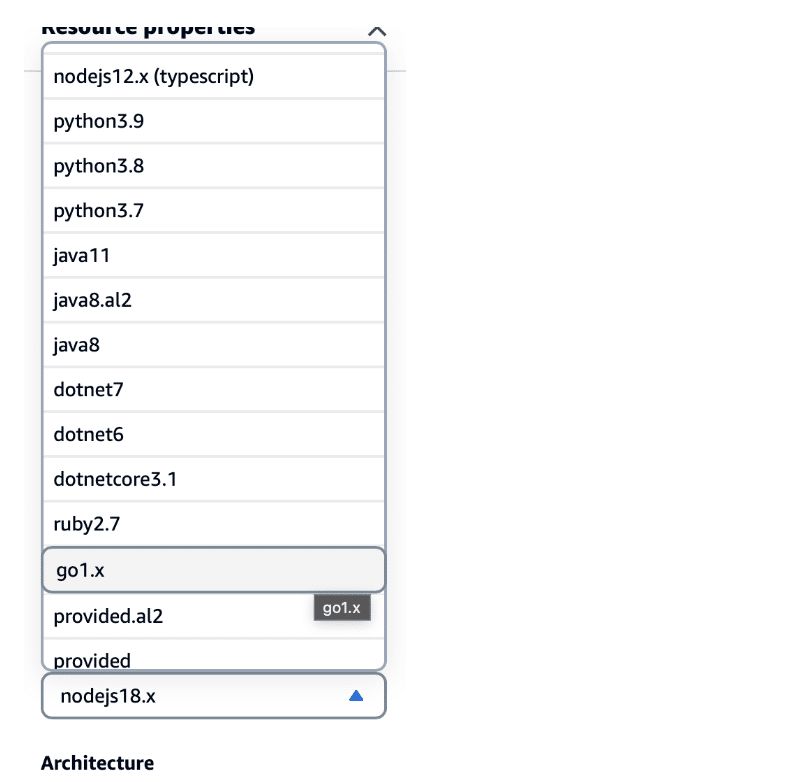
The template editor
If you prefer writing to drag-and-drop architecture definition, then you can just switch to the template view. Using the template view you can see all of the allocated resources, for which you can edit all of the properties. And to top it all off, this resulting template.yml can be saved offline and used in sync with your local IDE.
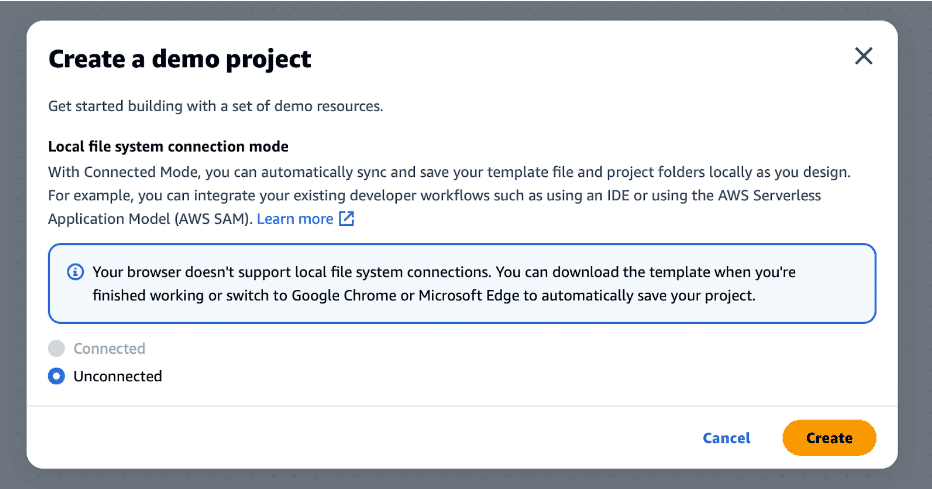
When you make changes to this file, they will automatically be reflected in the App Composer UI. And if you have the AWS toolkit installed locally, then you can sync the template.yaml file with Amazon SAM so that you get all of the created resources available in CloudFormation. Pretty neat trick!
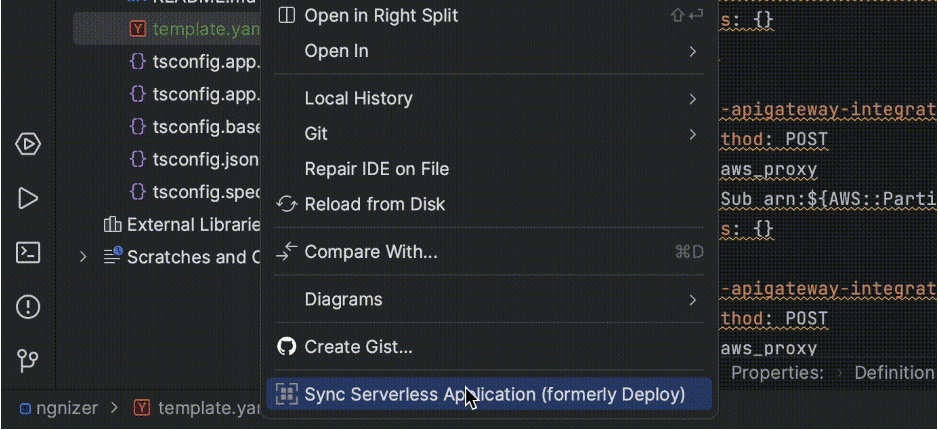
We must recognize that serverless architecture has become increasingly popular in recent years due to its flexibility, scalability and cost-effectiveness. As such, there are now several tools available that allow developers to create applications without worrying about infrastructure management.
However, not all these tools are created equal – some may be too complex for beginners while others may lack the necessary features required by more experienced developers. In this respect, AWS Application Composer stands out as an easy-to-use but powerful solution for creating serverless applications.
Pros
As an application composer, Amazon AWS provides a variety of pros that make it an attractive option for developers. First and foremost, the platform offers a serverless architecture that eliminates the need for infrastructure provisioning. This allows developers to focus solely on writing code without worrying about configuring or managing servers.
Additionally, AWS Application Composer provides pre-built templates and drag-and-drop interfaces to simplify the process of building applications. This makes creating complex workflows much easier and can save time in development.
Another benefit is its flexibility in deployment options – from deploying directly to production environments to testing through staging environments first. The platform also allows automatic scaling depending on user demand which keeps costs low while still providing high-performance applications.
AWS Application Composer also integrates with other AWS services such as Lambda, Step Functions, API Gateway and DynamoDB enabling users to leverage their existing infrastructure within their application compositions.
These features make AWS Application Composer an efficient solution for developing scalable applications without having to worry about infrastructure management or performance issues.
Cons
While Amazon AWS Application Composer offers several advantages, it’s not without its limitations. One of the major drawbacks of this tool is that it may not be suitable for complex applications that require a high level of customization and configuration.
The application composer is designed to simplify the development process by providing pre-built components and workflows, which may not be flexible enough for some use cases. At present, it does not support the full spectrum of AWS services and it seems to be niched around creating serverless applications (you won’t find an RDS database in the list of available options)
Also, the app composer is not yet an Infrastructure-to-Code solution. This means that you can’t create applications by drag and drop (although as far as I understand, this is where the concept is heading).
Another potential issue with using AWS Application Composer is vendor lock-in. Since both the tool itself and AWS SAM is AWS vendor specific, developers who use it may find themselves locked with using Amazon. This can make migrating to another cloud provider more difficult down the line if needed.
Furthermore, while serverless architectures offer many benefits such as reduced costs and simplified deployment processes, they may also introduce performance issues for certain types of applications. If your app requires continuous computing power or has very large usage spikes then a server-based solution might work better than a pure serverless one.
While there are certainly some limitations to using AWS Application Composer, these should be weighed against its many benefits before deciding whether or not it’s right for your project.
Conclusion
To sum it up, the Amazon (AWS) Application Composer is a serverless application composer that simplifies the development process of applications and workflows. In our point of view, it paves the way to what software development and infrastructure management will become in the future. It’s slick, it’s cool, it’s out there!
